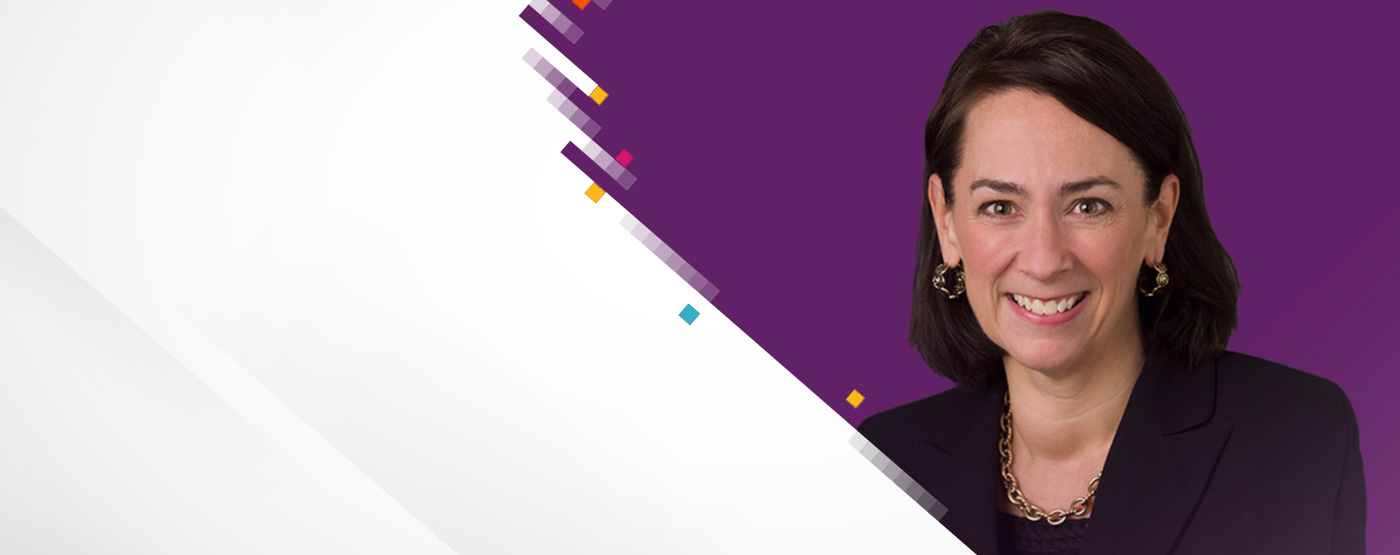Transforming Dentistry by Elevating Women in the Industry


Though the first woman didn’t receive a dental degree until 1814,1 there’s no denying that women have played an integral role in healthcare for centuries. The role of the dental assistant dates back even further to an engraving from the 1500s depicting a woman assisting a travelling dentist;2 and for centuries prior, the role of gathering medicinal plants, making tonics and administering care to sick family members fell to women. Over the past 200 years, women have had more opportunities to take on formal roles in oral healthcare, earning degrees, treating patients and managing practices. Yet today the makeup of the dentists in the workforce varies wildly from country to country: In the United States, 34.5% of dentists are female,3 but those numbers are higher in Europe, ranging from 48%-75%.4 So why after a millennia of cultural and societal expectation of women as caregivers, and centuries of formal training and education, is the makeup of women in dentistry still so varied and not well recognized?
Change in the industry will come and it will come soon. The male-to-female ratio of dental students is at parity5 and the American Dental Association predicts the number of women dentists will soon reach 50% in the US.6 Not to mention the fact that 98% of hygienists in the United States are women.7 So how do manufactures in oral healthcare acknowledge, build up and support these women of dentistry? As oral surgeon and author Yuan (Cathy) Hung, D.D.S, Dip. ABOMS, put it in a recent interview with Carestream Dental: “The industry needs to be retrained on understanding that dentistry is a little more female than male now. Don’t just assume: ‘This is a man; he must be the doctor’.”
Carestream Dental is helping to lead that mindset. As one of the few women CEOs running a large multi-national oral healthcare company, I’m fortunate to be in a position to drive change. The company is excited to launch several new initiatives that will connect women in the industry, as well as raise awareness about the important role women play in the field. Carestream Dental is also actively seeking more female key opinion leaders; their experience and feedback will be crucial in helping the company design future innovations responsive to all genders. This will result in the practice of the future—the connected practice, I like to call it—that will help all oral healthcare professionals succeed. And when dental teams find success and are more comfortable with the technology that they’re using, their patients receive better care.
That’s important because the idea of women—all women, not just those trained in oral healthcare—as caregivers still holds true today. The majority of health decisions are made by women and Carestream Dental found in late 2019 that 89% of women think it’s important that their doctor and their team uses the latest technology in the practice.8 So delivering solutions that are simple, connected and that help people make more informed decisions can also attract and retain more patients.
As a digital dental company, Carestream Dental delivers digital solutions that enable efficiency, flexibility and improved patient care—that’s the “simplifying technology” part of our mission. But we can’t deliver technology that changes lives if we only focus on traditional gender roles. That’s where the “transforming dentistry” part of our mission comes in. By supporting the next generation of women in oral healthcare, we can transform the perception around roles in dentistry and therefore transform the industry. As we look forward to celebrating Woman’s History Month, join me in celebrating women in dentistry, not just in March but all year long.
1The National Archives of Estonia. Serre, J, student file nr EAA.402.2.23142
2 "I Am Woman…Hear Us Roar…and See Us Do Teeth!". thesmilecenterusa.com/. March 1, 2013. Archived from the original on December 18, 2014. Retrieved May 29, 2013.
3American Dental Association. Clinical Resources. American Dental Association website. https://www.ada.org/en/science-research/health-policy-institute/dental-statistics/workforce#:~:text=How%20many%20dentists%20are%20female,2020%2C%2034.5%25%20are%20female. Accessed Feb. 3, 2021.
4FDI World Dental Federation. Special Projects—Women in Dentistry. FDI World Dental Federation website. https://www.fdiworlddental.org/what-we-do/projects/women-in-dentistry. Accessed Feb. 3, 2021.
5American Dental Association. Education. American Dental Association website. https://www.ada.org/en/science-research/health-policy-institute/dental-statistics/education. Accessed Feb. 8, 2021.
6Munson B, Vujicic M. Supply of full-time equivalent dentists in the U.S. expected to increase steadily. Health Policy Institute Research Brief. American Dental Association. July 2018. Available from: http://www.ada.org/~/media/ADA/Science%20and%20Research/HPI/Files/HPIBrief_0718_1.pdf.
7American Dental Hygienists’ Association. Oral Health Fast Facts [Fact Sheet].https://www.adha.org/resources-docs/72210_Oral_Health_Fast_Facts_&_Stats.pdf
82019 Global Digital Dentistry Survey: Asked among 7,000 nationally representative adults ages 18+ in 7 markets: U.S., Canada, UK, Germany, France, India and China

- Carestream Dental
- Company News
- Industry News





